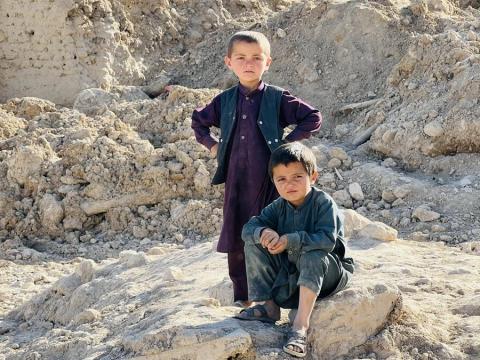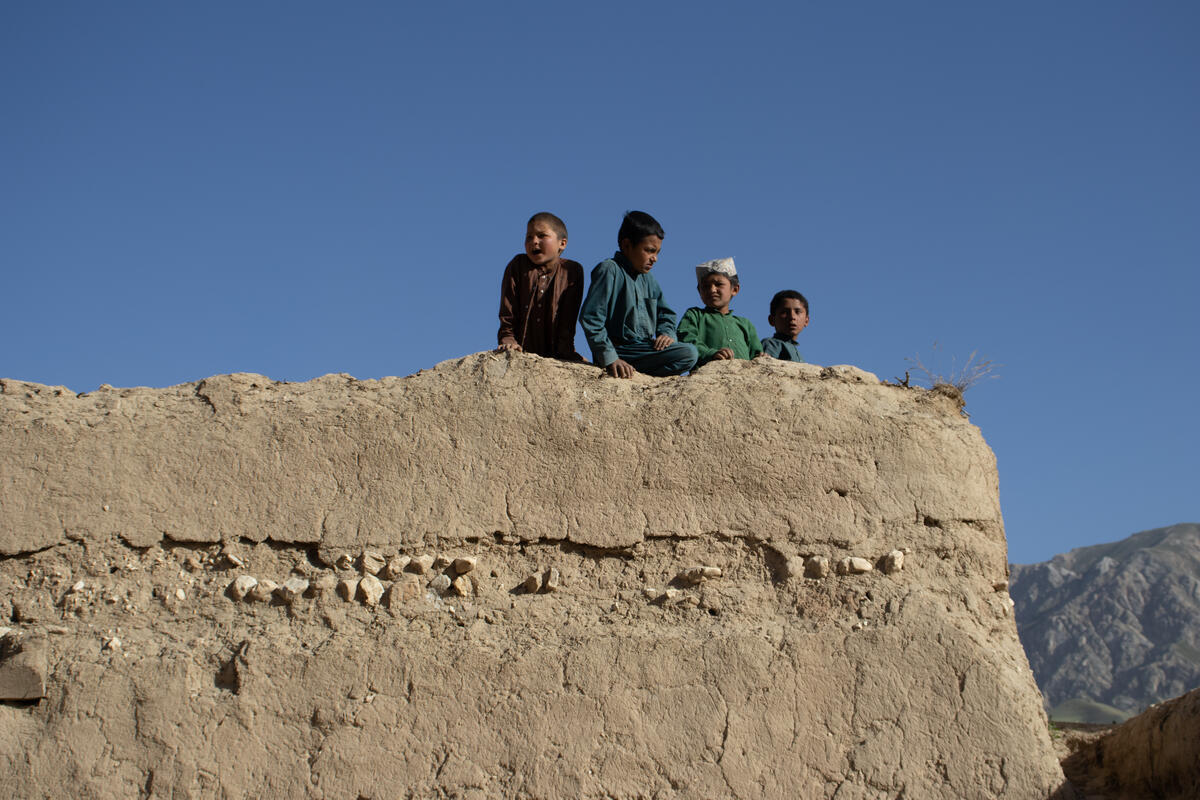Erratic weather the new norm as floods compound hunger in Afghanistan

Ayatulla is one of the thousands of Afghans struggling to recover from the effects of torrential rains and devastating floods in Ghor and Faryab provinces in 2024.
His family had already suffered through a dry winter, which had made the ground on their farm too hard to absorb water. This was a recipe for destruction when unusually high rainfall struck. The flash flooding was further compounded after unseasonably warm temperatures had also led to greater snow melt in the mountains, causing rivers to overflow and inundate villages. Floods in the two provinces killed more than 130 people, while thousands of homes and businesses were destroyed.
“The flood caused severe damage. During the first flood, the houses began to sink, and in the second flood, the houses were destroyed. Eight houses in the surrounding area were all ruined,” said the father of eight.
Ayatulla’s family suffered significant financial losses, which will be difficult to recover from.

“We lost everything in our lives, including eight houses. We lost our clothes, food, and everything else. Nothing is left. I had 1.2 hectares of agricultural land, all of which was destroyed. We are a family of ten, and I work as a daily wage labourer earning between 300 to 400 Afghanis. It may take us up to two years to rebuild my and my brother's lives,” he said.
Afghanistan is one of the countries most vulnerable to climate change, with the risk of flash floods projected to increase, while parts of the country are set to be affected by changing rainfall and snowmelt patterns, along with the increased likelihood of crop failures, food insecurity and water shortages.
Recovering from the latest disaster is made even more difficult due to the country’s economic situation. More than half of Afghanistan’s population is estimated to require humanitarian assistance this year. Afghanistan’s fragile economy is also heavily reliant on humanitarian aid, as people are already trying to recover after years of insecurity. Climate shocks have the potential to impact several areas of a family’s life.
“We had a water well, but the floods have filled it up. [There’s] the high prices of goods; the money is quickly spent on purchasing flour and rice,” Ayatulla said.
“Families need food, clothing, and other essentials. Five families have become displaced and left this village.”